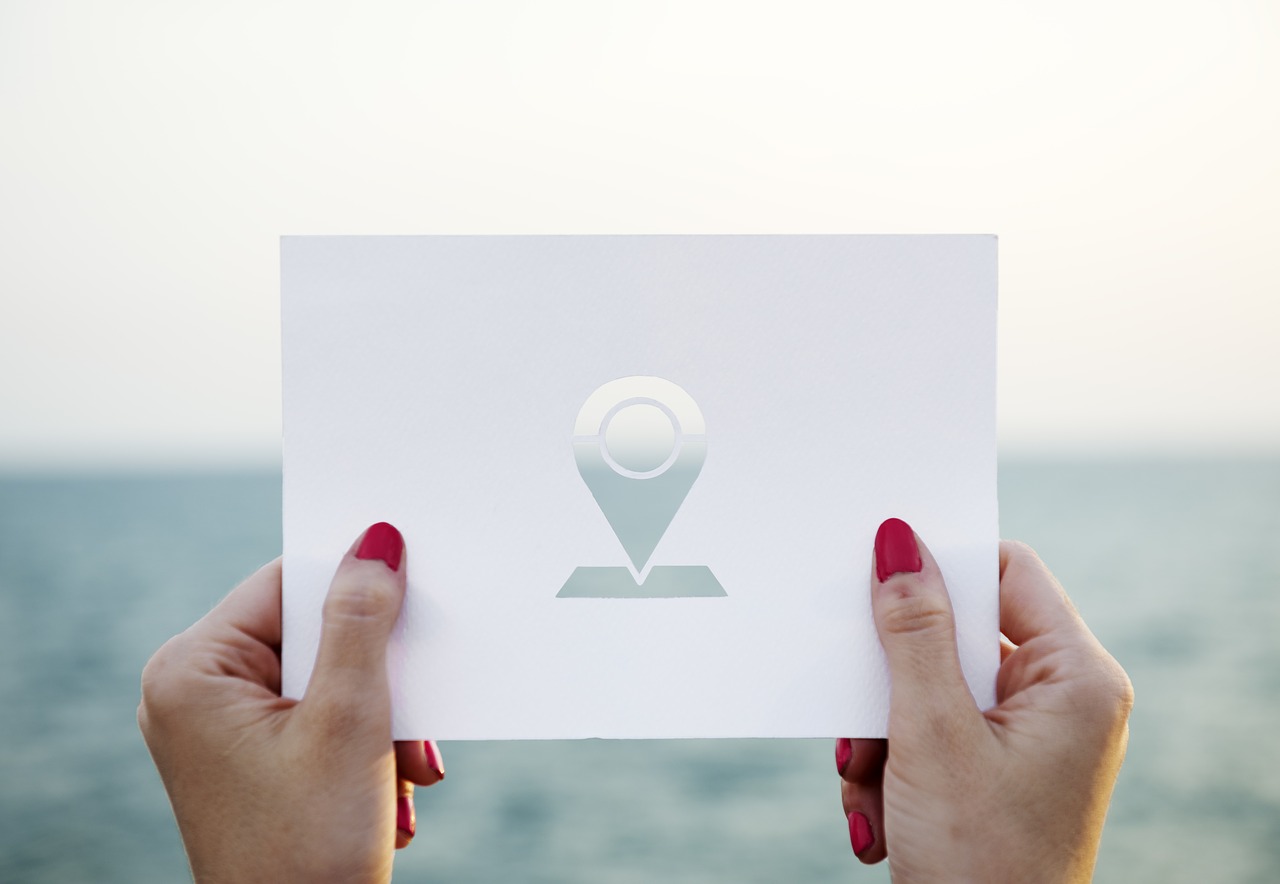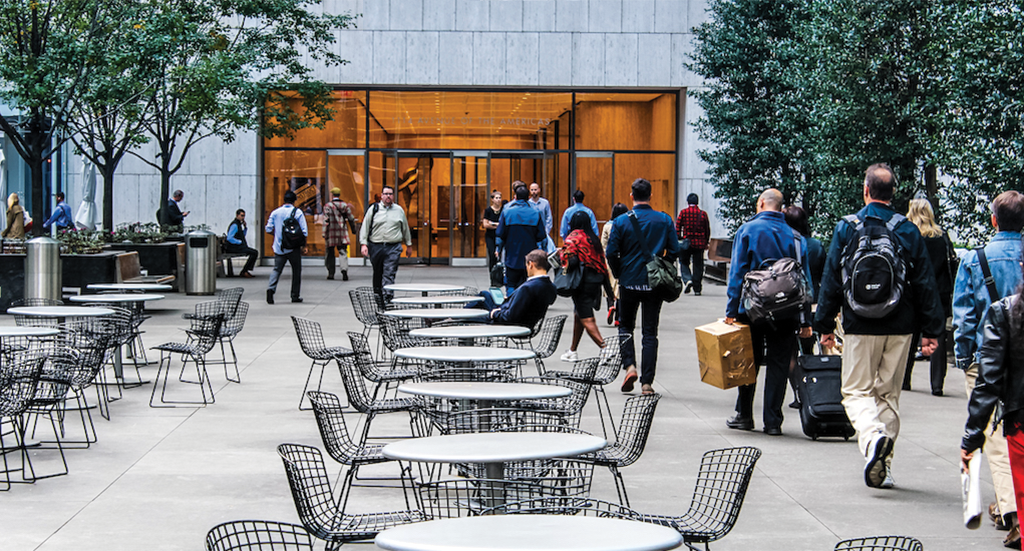
How to Market Your Business With Facebook
July 24, 2017
Data Studio Connectors: 4 Easy Steps to More Insightful Analytics
October 28, 2017For a business owner, it’s pretty simple, really.
Marketing dollars need to drive foot traffic and sales, otherwise, those dollars are not worth spending. Most managers can actively engage in conversations about growing in-store sales or revenue, but discussions about website traffic don’t come quite as easy. While they certainly recognize there is an interdependence – it can be difficult to connect the dots. The importance of the relationship is not lost on companies like Facebook who only recently rolled out a Store Visits campaign option which attempts to track whether someone visits your store after clicking a Facebook ad.
The reality is that growing your website traffic does drive in-store foot traffic and sales. Websites are powerful digital marketing tools, and aligning what consumers experience on the Internet has become an integral part of the bricks and mortar buying experience.
Here are 5 ways growing your website traffic drives your in-store foot traffic too:
1. Websites inform and underpin purchase decisions
Websites drive product awareness, and a rich online consumer experience can include graphics, animated GIFs, photos, video, and tiers of product information. Not surprisingly, the tremendous growth of video is due in large part to the fact that according to Animoto, seventy-three percent of consumers are more likely to purchase a product or service if they can watch a video about it first. For consumers, websites offer 360-degree product views and the ability to zoom in and look at product detailing. User-friendly websites inform consumers, offer video clips that engage the imagination and ultimately underpin the buying decision.
 2. Online maps provide location information
2. Online maps provide location information
If consumers are in search of a restaurant, retailer or other business, smartphones are a go-to resource for location information. With an integrated Google map on your website, customers can bring up directions, get a view of the surrounding area or locate parking. If you have location tracking activated on your smartphone, search queries will prioritize locations that are physically closest to you when you search. You can use the Internet to check business hours, find the correct address, phone number, and the closest store if there are multiple locations. Restaurants can further integrate the value of their online presence with reservation-booking apps like OpenTable that will provide directions and calendar reminders.
3. Websites push real-time information and propel foot traffic
An L2 Daily article noted, “…73 percent of respondents said they would be likely to go into a store if relevant products were shown as available online — versus just 18 percent who said they would head to a store if a website had no information on inventory availability.” Whether it is inventory levels, holiday, weekly or limited time offers, websites provide a platform to deliver real-time information. Marketing campaigns can utilize push notifications, email campaigns that link back to the online store or eye-catching graphics to get timely, pertinent information to the consumer. If the information is contextualized by consumer interest or location, it can give in-store traffic and sales an added boost.
4. Internet drives search queries
The first step in the process of buying something from a business is finding it, either physically or online, and the number of search queries done on Google alone is stunning. There are approximately 3.5 billion search queries on Google daily, an average of 40,000 queries each second, according to Internet Live Stats. With free business listings on Google My Business, companies provide important location information, photos and even collect online reviews from consumers. Now, there is a new messaging feature, so you can activate chat via the Google My Business portal and allow customers to send you a text. This type of easily accessible, relevant information will continue to propel Internet search queries.
 5. Website traffic can grow your mailing list
5. Website traffic can grow your mailing list
There is nothing quite as valuable as a potential customer that wants to be on your mailing list. If website visitors opt into your email list via a contact form on your site, they want to hear from you. If you have an e-commerce site, your website will also capture purchase history and contact information. Using this customer information collected by your website, you can grow your mailing list. Email list in hand, a business can target subscribers with timely information about their products or services and drive customer foot traffic back to the store.
From providing timely, contextual information to consumers to facilitating search queries, email lists, and online reviews, marketing savvy websites are no longer nice-to-have, but rather a must-have. Leveraging them will grow your website traffic and drive in-store foot traffic too.
____________
Not sure if your website is driving foot traffic to your business? Contact us for a site audit; we’d love to help.


2 Comments
I’m extremely inspired together with your writing abilities and also with
the format for your weblog. Is this a paid subject or did
you modify it yourself? Either way keep up the
excellent quality writing, it’s rare to peer a nice weblog like this one nowadays..
Hi Rak. Our blogs are all original pieces and never paid. Thanks for commenting. We really appreciate it!